Most conventional liquid sensors require being in contact with liquids or fluids that are measured to establish reading or measurements. Such liquids like water may not pose a challenge when it comes to immersion. However, delicate materials such as wastewater, acids, manufacturing slurries, and gasoline may pose a considerable threat. They may cause corrosion of the submersible float instantly or with time, making it challenging to register measurements. In such circumstances, non-contact liquid level sensors get highly regarded.
Among the plethora of liquid sensors out there, we are going to narrow it down to two types; Ultrasonic level sensors and Radar level sensors and their features,

An effective way of measuring corrosive or dangerous liquids is by using an non-contact type ultrasonic level sensor, which typically gets placed on top of the tank or any other storage vessel. They detect the ultrasonic sound waves of fluids to establish their corresponding depth. Fluids should be calm and not agitated to record proper or accurate readings as unstable fluids may cause variances. The aspect of calmness can be achieved by using still pipes. Due to their capabilities in continuous level and point level measurement, they come across as superior compared to the conventional float switch.
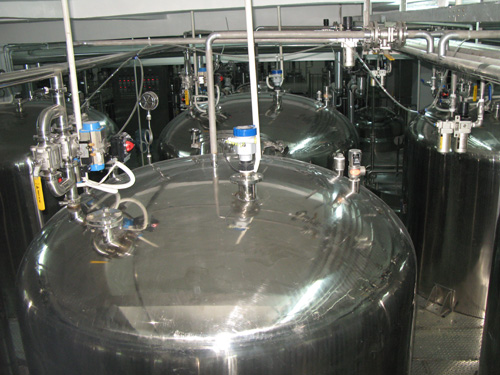
The radar level sensor measures the height of a liquid in a confined space. It converts it into electrical signals which are used by other instruments, displayed, or used to control liquid levels. It utilizes a high-frequency wave the same as a microwave in measuring the surface distance from the fluid to the container or storage. The time taken for waves to bounce off the transmitting antenna to the liquid surface and back to the antenna is measured. Unlike liquid level sensors, radar level sensors are not affected by changes in humidity, temperature, or vapor between the transmitting sensor and the liquid surface. The changes in air density least affect electromagnetic waves transmitted, thus leading to minimal variances.
It's a non-contact form of measurement that can continuously measure liquids over long distances.
Its accuracy is unaffected by media such as dust, uneven surfaces, vacuum, pressure, and turbulence
Non Contact Liquid Radar Level sensors is simple to operate as it is easily mountable and comes with a push-button form of calibration. It mainly comes in two versions, which are single-frequency level sensors for liquid measurement and dual-frequency level sensors for measurements for substances such as sand, asphalt, or other solids.
Non Contact Liquid Level Sensors have come a long way in development since their inception. They have gotten rid of the most stressing part- measuring corrosive and dangerous fluids by coming up with non-contact form of measurements. However, before installation, it is prudent that you follow their datasheet instructions or seek the services of the product manufacturer to get the best recommendation or output from your purchase.
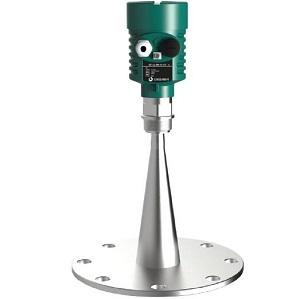 Non-contact radar level transmitter2020/02/08These transmitters allow radar levelmeasurement without any contact with the liquid and no probe is used, it is noncontact level measurement. These level transducers work on two differentprinciples. T...VIEW
Non-contact radar level transmitter2020/02/08These transmitters allow radar levelmeasurement without any contact with the liquid and no probe is used, it is noncontact level measurement. These level transducers work on two differentprinciples. T...VIEW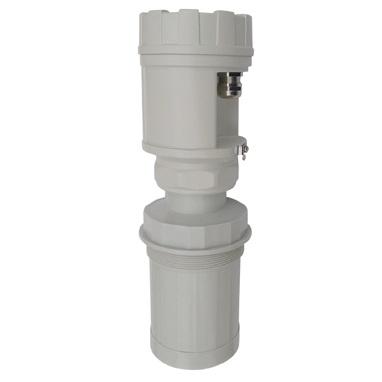 Ultrasonic level Transducer2020/05/14Ultrasonic level transducer functionality is the same as the radar system. From ultrasonic profiling to level monitoring, ultrasonic sensors are used in a wide range of applications including converti...VIEW
Ultrasonic level Transducer2020/05/14Ultrasonic level transducer functionality is the same as the radar system. From ultrasonic profiling to level monitoring, ultrasonic sensors are used in a wide range of applications including converti...VIEW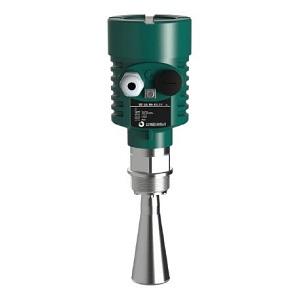 Radar tank level sensors2020/02/08PrincipleThese transmitters allow the levelmeasurement of liquids, gases and bulk solids in a metal container or tank. Thetank top is the site of their installation. The transmitter sends the radiowav...VIEW
Radar tank level sensors2020/02/08PrincipleThese transmitters allow the levelmeasurement of liquids, gases and bulk solids in a metal container or tank. Thetank top is the site of their installation. The transmitter sends the radiowav...VIEW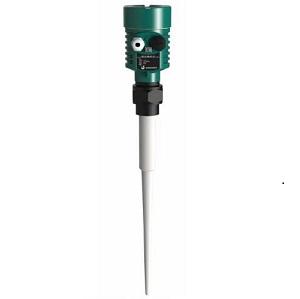 Radar liquid level sensor2020/02/08PrincipleRadar liquid level sensors are used to measurethe level of liquids in tanks. The radio waves emitted through the transceiverare directed towards the surface of the liquid. As the density of t...VIEW
Radar liquid level sensor2020/02/08PrincipleRadar liquid level sensors are used to measurethe level of liquids in tanks. The radio waves emitted through the transceiverare directed towards the surface of the liquid. As the density of t...VIEW Radar water level sensor2020/02/08These water level radars work on the similar principle of ultrasonic level transmitters except that the waves used are radio waves and it is designed for water level measurementVIEW
Radar water level sensor2020/02/08These water level radars work on the similar principle of ultrasonic level transmitters except that the waves used are radio waves and it is designed for water level measurementVIEW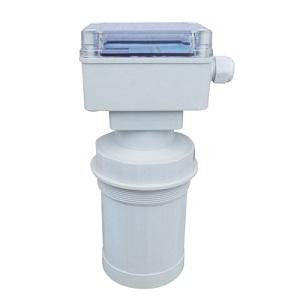 Ultrasonic water level sensors2020/02/07Principle of ultrasonic water level metersUltrasonic water level sensors work on aprinciple similar to the radar system but the waves, in this case, areultrasonic waves. These waves sent by a ultrason...VIEW
Ultrasonic water level sensors2020/02/07Principle of ultrasonic water level metersUltrasonic water level sensors work on aprinciple similar to the radar system but the waves, in this case, areultrasonic waves. These waves sent by a ultrason...VIEW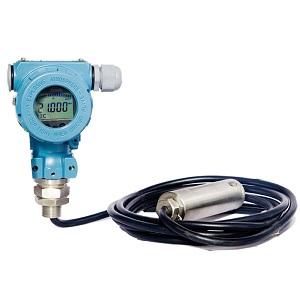 Cheap level transmitter2019/09/11Silver Automation Instruments offer wide range selections for liquid and solids level measurement devices at affordable price cost. No matter standard configuration or customized level sensors, liquid...VIEW
Cheap level transmitter2019/09/11Silver Automation Instruments offer wide range selections for liquid and solids level measurement devices at affordable price cost. No matter standard configuration or customized level sensors, liquid...VIEW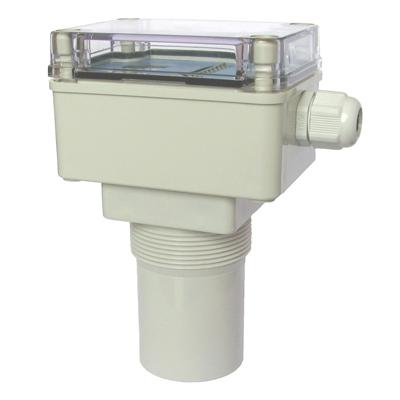 Ultrasonic Liquid Level Sensor2017/08/04Ultrasonic sensor is a sensor developed according to the feature of ultrasonic and ultrasonic liquid level sensor is one of the ultrasonic sensor. Ultrasonic is a kind of mechanical wave with higher v...VIEW
Ultrasonic Liquid Level Sensor2017/08/04Ultrasonic sensor is a sensor developed according to the feature of ultrasonic and ultrasonic liquid level sensor is one of the ultrasonic sensor. Ultrasonic is a kind of mechanical wave with higher v...VIEW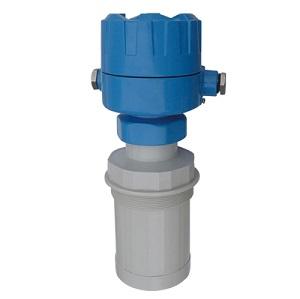 Ultrasonic tank level sensors2020/02/07Working Principle of Ultrasonic tank leveltransmitterThese tank level meters are installed on atop of a tank filled with a liquid in a way that is not immersed in liquid.They consist of a transceiver ...VIEW
Ultrasonic tank level sensors2020/02/07Working Principle of Ultrasonic tank leveltransmitterThese tank level meters are installed on atop of a tank filled with a liquid in a way that is not immersed in liquid.They consist of a transceiver ...VIEW